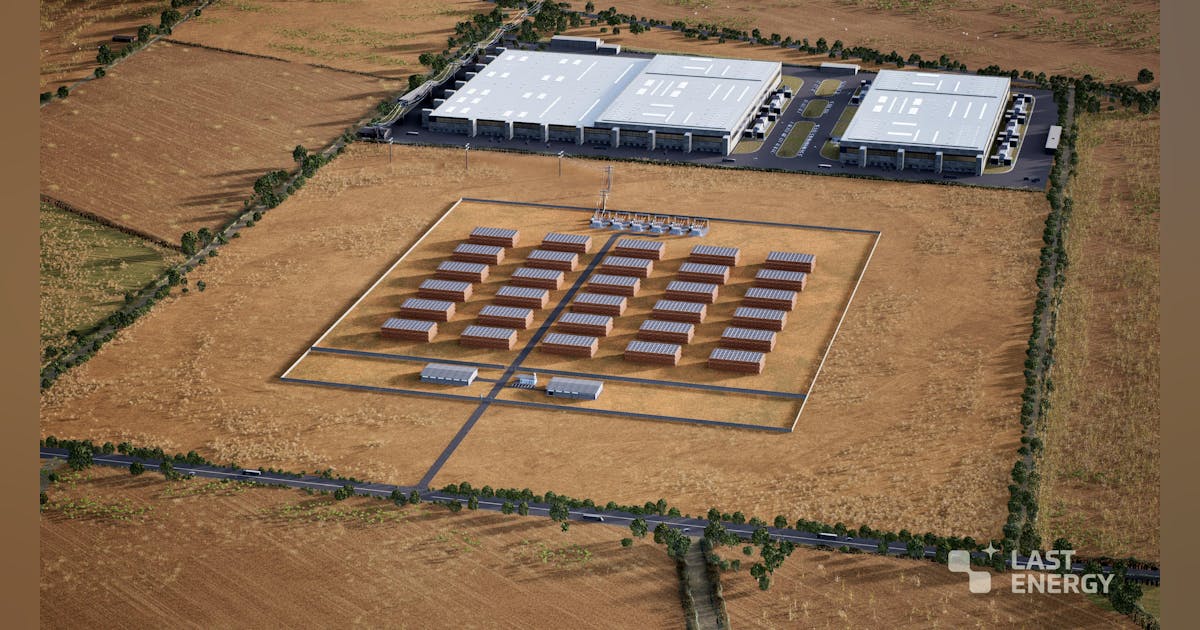Isla Robb has been appointed as the new offshore renewables director at ETZ Ltd.
The appointment comes as ETZ Ltd looks to secure new offshore wind-related investment for the Energy Transition Zone and the wider region to deliver sustainable economic impact.
Robb’s energy career spans the public and private sectors, with a strong focus on offshore wind and supply chain management.
As managing director of Opergy Scotland, she led numerous initiatives to support large-scale clients, SMEs, and public sector organisations, guiding them through the challenges of energy transition.
Her work in connecting local suppliers with developers through meet-the-buyer events and promoting diversity in the offshore wind industry was recognised last year when she won the prestigious Judges’ Award at Scottish Green Energy Awards 2024 and was described by the judging panel as an “inspiring force for change”.
Robb said: “It is a huge privilege to be appointed director of offshore renewables at ETZ Ltd, an organisation that is at the vanguard of energy transition and efforts to secure a vibrant and prosperous future for Aberdeen and the North East of Scotland.
“This region has all the ingredients for success, a pipeline of transformational projects on our doorstep alongside a world-class supply chain that can deliver them, and I’m relishing the opportunity draw upon my experience to ensure we unlock the investment required to maximise the vast potential afforded by offshore wind.”
Great British Energy has added five non-executive directors to its start-up board.
The new board will set a strategy for how the publicly owned company will work with the energy sector and communities to drive investment in clean energy technologies.
Frances O’Grady is a member of the House of Lords and served as general secretary for the Trades Union Congress (TUC) between 2013 and 2022.
Frank Mitchell is the former CEO for SP Energy Networks (2009 to 2022), as well as chair of Skills Development Scotland and a member of the Scottish Energy Advisory Board.
Kate Gilmartin is the CEO of the British Hydropower Association, and has a background in renewable energy and low carbon project development.
Dr Nina Skorupska is the former chief executive of the Association for Renewable Energy and Clean Technology (REA).
And Valerie Todd is an HR professional with extensive experience across the private, public and third sectors, having previously worked as director of people and organisation at Siemens.
Together with chairman Juergen Maier, they will help to scale up GB Energy and build its organisational structure and Aberdeen headquarters.
The legislation to create GB Energy is currently going through the House of Lords and is at the committee stage.
Maier said: “This is an important milestone for Great British Energy, as we bring together an expert board to rapidly scale up the company and get to work in delivering a UK-wide clean energy revolution.
“Their experience across the energy industry, government and trade unions will be crucial in shaping our strategy and organisation, ensuring we can back clean energy projects, bolster UK supply chains and create good jobs across the country.”
 © Supplied by Johnson Matthey
© Supplied by Johnson MattheySinead Lynch has joined energy solutions group Johnson Matthey as a non-executive director.
Before taking on her new role, Lynch served as senior vice president of Shell’s low-carbon fuels business from 2021 to 2024.
She also worked as UK country chair at the London-listed supermajor from 2016 to 2021.
She brings her extensive knowledge and experience of the low-carbon fuel sector to her new position, along with experience across commercial operations, organisational change and multidisciplinary integration.
Johnson Matthey has been involved in developing Kellas Midstream’s H2NorthEast hydrogen project on Teesside.
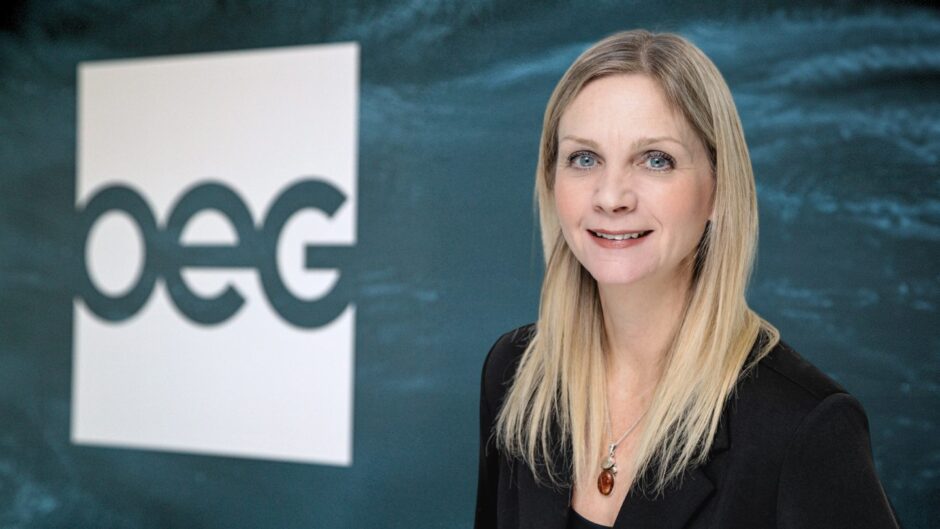 © Supplied by OEG Energy Group
© Supplied by OEG Energy GroupPaula Richardson has joined energy solutions business OEG Energy Group in the newly created role of chief human resources officer.
Richardson will be based at the company’s new headquarters in Dyce, Aberdeen and will also join the company’s executive team
OEG last year grew its workforce to over 1,300 employees across 65 global locations, with plans for continued expansion in renewables and other key offshore energy markets.
In her new role, Richardson will lead the strategic direction of the group’s HR function. She will focus on developing and implementing a people strategy that aligns with OEG’s growth objectives while addressing the evolving needs of the business and its diverse workforce.
Prior to joining OEG, she served as chief people officer at Donaldson Group UK, where she worked with leaders across the business to successfully develop strategies and programmes to enhance workplace culture and support leadership development.
OEG CEO John Heiton said that Richardson’s “extensive experience in people and organisational development will be instrumental in helping us achieve our growth goals and shape the future of the organisation.
“As we continue to scale, having the right people strategies in place will be critical, and Paula’s leadership in this newly created role will play a key part in our success.”
Richardson added: ” With the company’s strong commitment to growth and diversification, this is an incredible opportunity to help shape the people strategy, further strengthen its collaborative and inclusive culture, and support the development of talent across all levels.”
OEG has made several high-level appointments in recent months, including Thomas Lynch as regional director (Americas) at its OEG Renewables division and Ross Dornan as commercial market specialist.
 © Supplied by Hydrogen Energy Asso
© Supplied by Hydrogen Energy AssoDr Emma Guthrie will take on the role of CEO of the Hydrogen Energy Association (HEA) starting January 30.
She succeeds Celia Greaves, who has led the HEA for two decades.
Guthrie brings a wealth of experience to the position, including 15 years at Air Products where she held a range of positions, including UK business development manager for hydrogen energy systems.
She commented: “I look forward to building on the organisation’s impressive legacy and working with members and stakeholders to accelerate the adoption of hydrogen as a key enabler of the clean energy transition.”
Greaves added: “My commitment to the hydrogen sector remains steadfast and I will continue working in the field as a consultant, supporting its growth through other avenues. This is an exciting new phase and I am confident that Emma will provide inspiration and energy as she leads the HEA forward.”
 © Supplied by Peterson Energy Logi
© Supplied by Peterson Energy LogiSarah Moore has joined the North Sea Transition Taskforce, an independent taskforce aimed at ensuring the North Sea’s strategic transition from oil and gas to a renewable future.
Moore currently serves as CEO of Peterson Energy Logistics, having held the position for the past three year.
Moore said: “The opportunities of the energy transition are massive but so are the challenges. Just like the generation before us united to make oil and gas the driving force of our economic success, we must now act together to get this right so we can protect the jobs of today and tomorrow.
“This is a critical juncture – a time for commitment and action. I was delighted to be asked to join this taskforce and proud to contribute perspectives of our world-leading supply chain, a supply chain which will underpin the success of the transition.”
 © Supplied by EnerMech
© Supplied by EnerMechJason Harrower has been appointed as health, safety and environment (HSE) director at Aberdeen-based technical solutions specialist EnerMech.
Based in Aberdeen, Harrower takes a position as part of the organisation’s senior leadership team having joined EnerMech in early January 2025.
In his new position at EnerMech, he has been tasked with leading the global HSE function and acting as the organisation’s senior representative for HSE matters in interactions with clients and regulatory and sector bodies.
He will also oversee EnerMech’s sustainability roadmap and action planning across the business.
EnerMech CEO Charles Davison Jr. said: “This is a crucial senior appointment for EnerMech and we welcome Jason to the team. He comes with a reputation for strategic leadership and a keen eye for operational management detail and takes on a vital role in providing direction and oversight for our colleagues.
“As an organisation with a large multi-disciplined workforce supporting clients spanning many geographies and sectors, safety is absolutely vital to ensuring operations run smoothly and without disruption.
“It’s an area we at EnerMech pride ourselves on taking seriously and Jason is the right candidate to further this commitment.”
EnerMech had a management shakeup recently, adding new people to high-level positions.
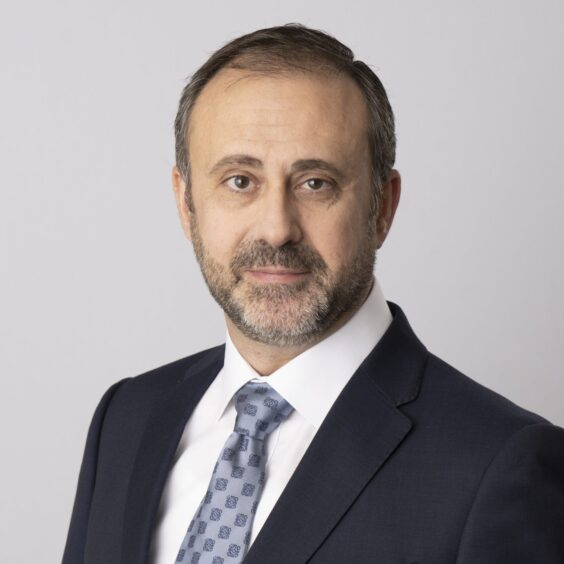 © Supplied by John Crane.
© Supplied by John Crane.Ruben Alvarez has been appointed as the new CEO of rotating equipment specialist John Crane.
Effective 1 February, he will take over from outgoing CEO Bernard Cicut.
Alvarez brings 27 years of company experience to the role, most recently serving as divisional vice president of portfolios and customer operations.
Under his leadership, the company will continue to focus on developing innovative engineering solutions and services that prioritise a customer-first approach while also committing to sustainable practices that protect the environment.
He said: “I want to extend my heartfelt thanks to Bernard for his leadership of John Crane over the past few years.
“The demand for our technical expertise has never been greater. At John Crane, we are uniquely positioned to innovate and pioneer new solutions and services.
“Solutions that will support the safe adoption of a range of clean power alternatives as well as reducing emissions in the traditional energy sectors.”
The appointment comes at a strategic time for John Crane, part of Smiths Group, as the company continues to develop solutions that support both clean power adoption and emissions reduction in traditional energy sectors.
 © Supplied by Knights MPR
© Supplied by Knights MPRKaren Clark has been appointed as consultant and sustainability lead at communication agency Knights MPR.
Clark, who originally hails from Aberdeen, joins the company’s growing team of experienced communication specialists and ex-journalists and will be based in the north-east of Scotland.
In the newly created role, she will lead operations in Scotland, whilst providing communication services to Knights MPR’s portfolio of international clients operating in the maritime, energy and manufacturing sectors.
In addition, she will support all of Knights MPR’s clients on sustainability matters.
Clark said: “We’ve seen a monumental shift in the corporate mindset in recent years; the gap between profitability and responsibility is closing. Businesses are delivering positive change quickly and at scale, however many face challenges effectively communicating corporate sustainability.
“As net zero targets rapidly approach; mindful, targeted, and impactful communication has never been more important.”
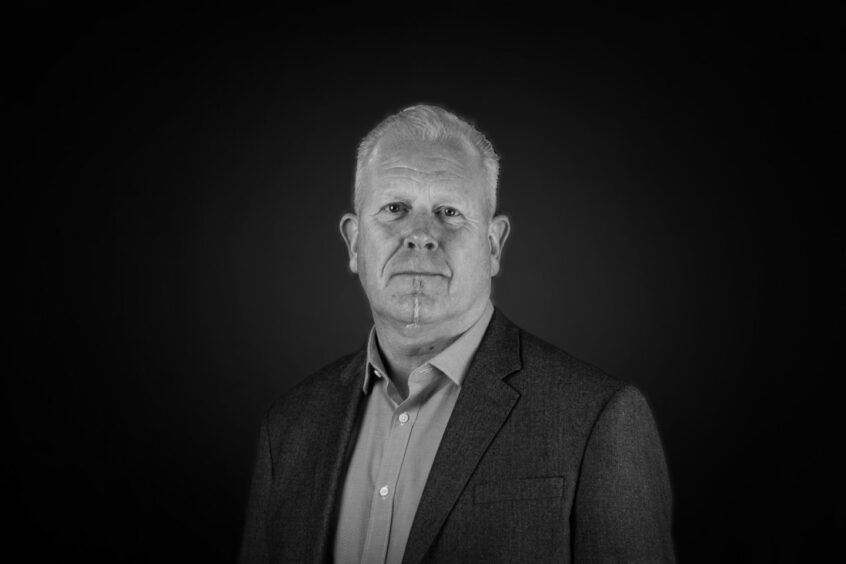 © Supplied by IK Trax
© Supplied by IK TraxScott Glendinning has been appointed as Europe and Africa account manager at pipeline engineering specialists IK Trax.
In his new position, Glendinning will help drive the company’s focus on accounts across Europe and Africa.
He brings over 30 years of experience in the oil and gas industry to the company. His most recent positions include commercial manager at TAQA and business development manager Africa & UK at TCO.
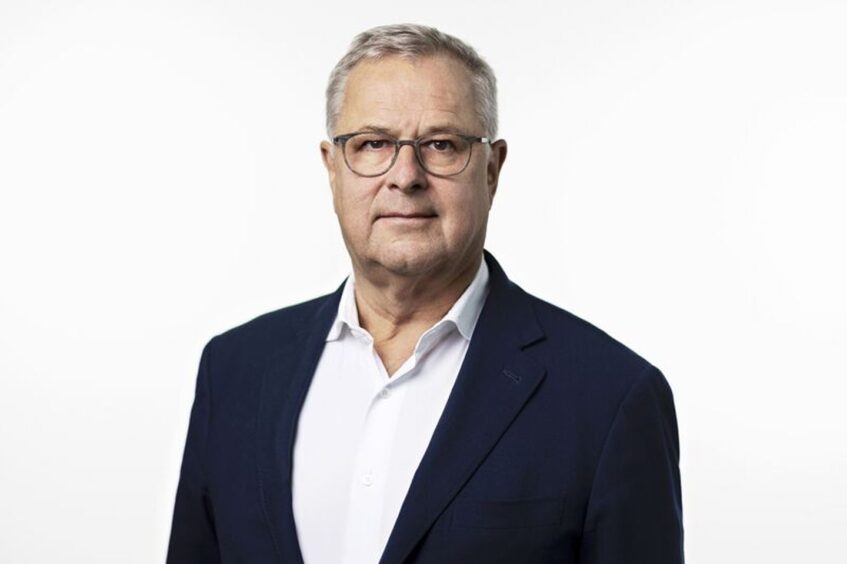 © Supplied by Vestas
© Supplied by VestasJakob Wegge-Larsen will take on the position of chief financial officer at Vestas during the second quarter of 2025.
He joins Vestas from DB Schenker, where he currently serves as CFO and a member of its management board.
Rasmus Gram will continue as interim CFO until Jakob Wegge-Larsen starts and conduct a thorough handover as part of Jakob’s induction.
Wegge-Larsen replaces Hans Martin Smith, who stepped down as CFO at Vestas at the end of 2024.
Vestas president and CEO Henrik Andersen said: “Jakob will spearhead our finance organisation as we aim to achieve our long-term target of double-digit profitability and I am confident his extensive experience from several large, global companies will be instrumental for our continued progress.”
 © Supplied by Exolum
© Supplied by ExolumJorge Lanza and Rosa Garcia, CEO and chairwoman of logistics company Exolum will step down from their respective roles.
Their departure from the company will be effective after the annual shareholders’ general meeting in May.
Over their nine-year tenure, both have helped transform Exolum (formerly Compania Logistica de Hidrocarburos – CLH), beginning its internationalisation and diversification.
The company is now present in 11 different countries and is expanding its range of services to the storage and transportation of chemical products, including hydrogen and ammonia.
The company’s board of directors has appointed Alfredo Barrios as the new chairman and Javier Goni as its new CEO.
The Spanish group is developing a green hydrogen project at the Port of Immingham in Lincolnshire.
Recommended for you

Power Moves: New Energy Industries Council directors and more













